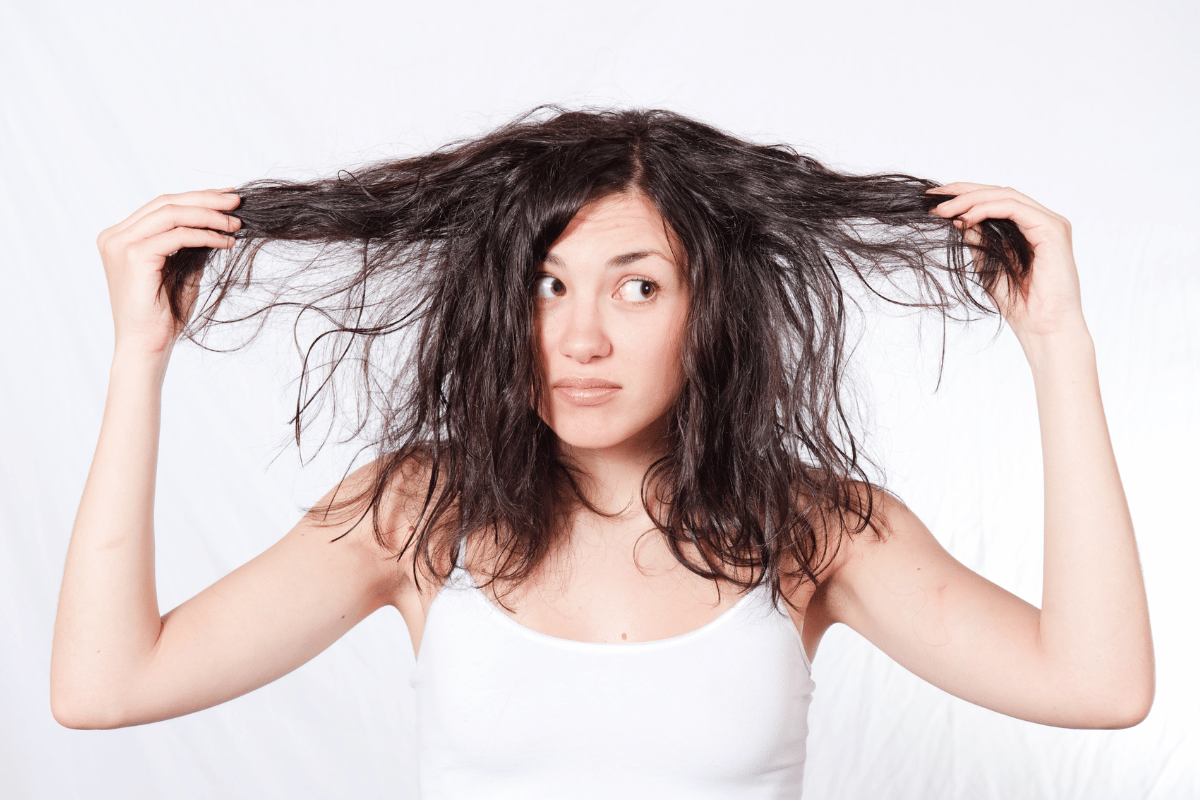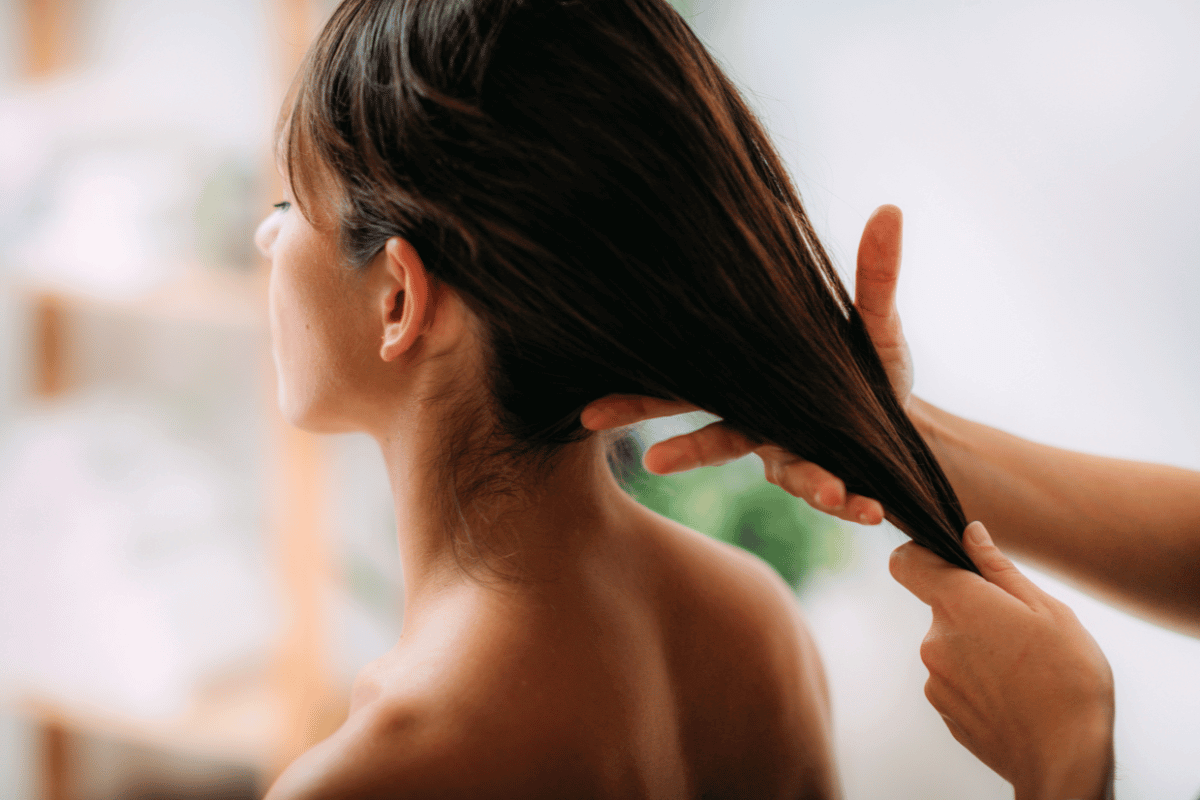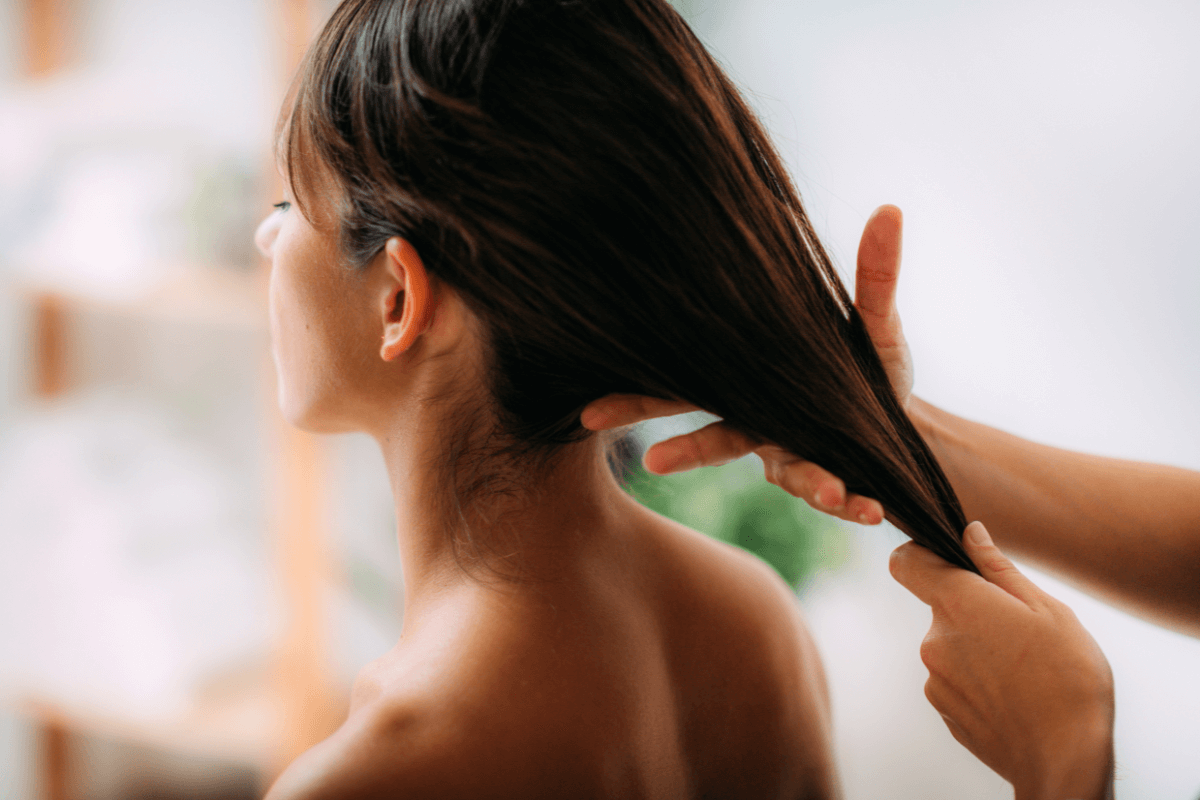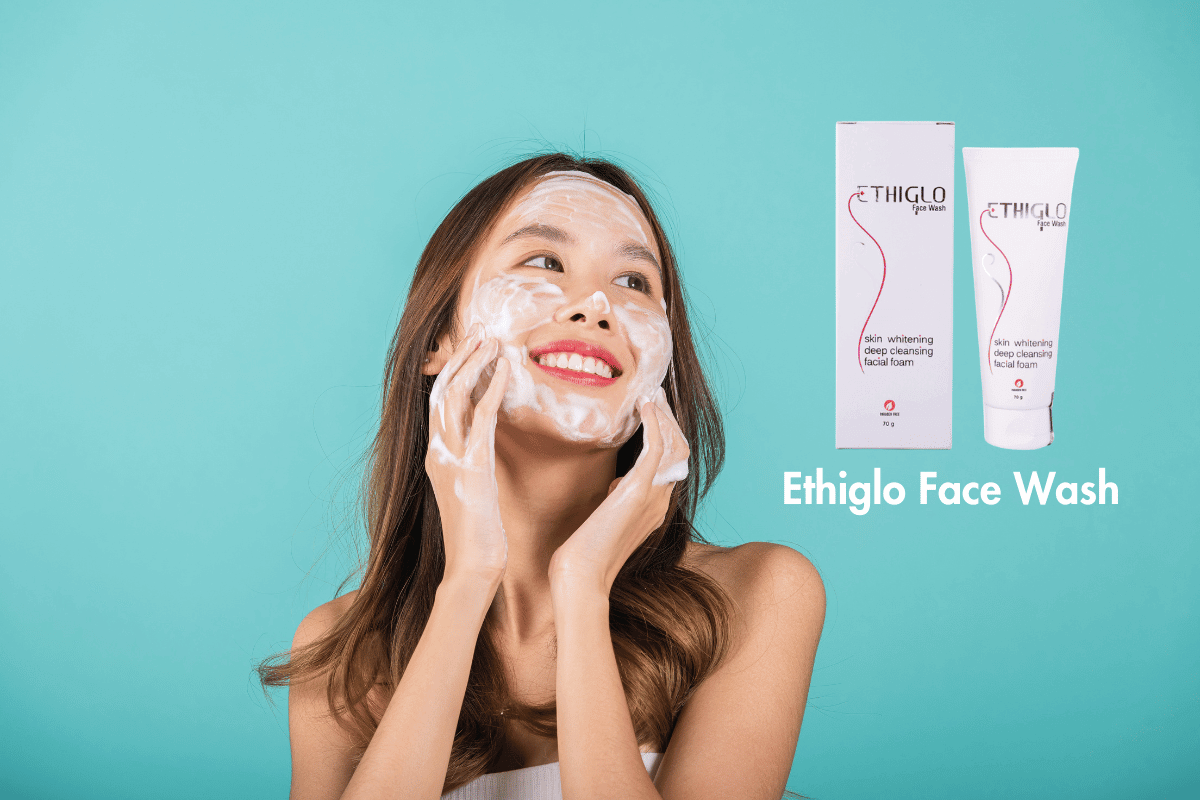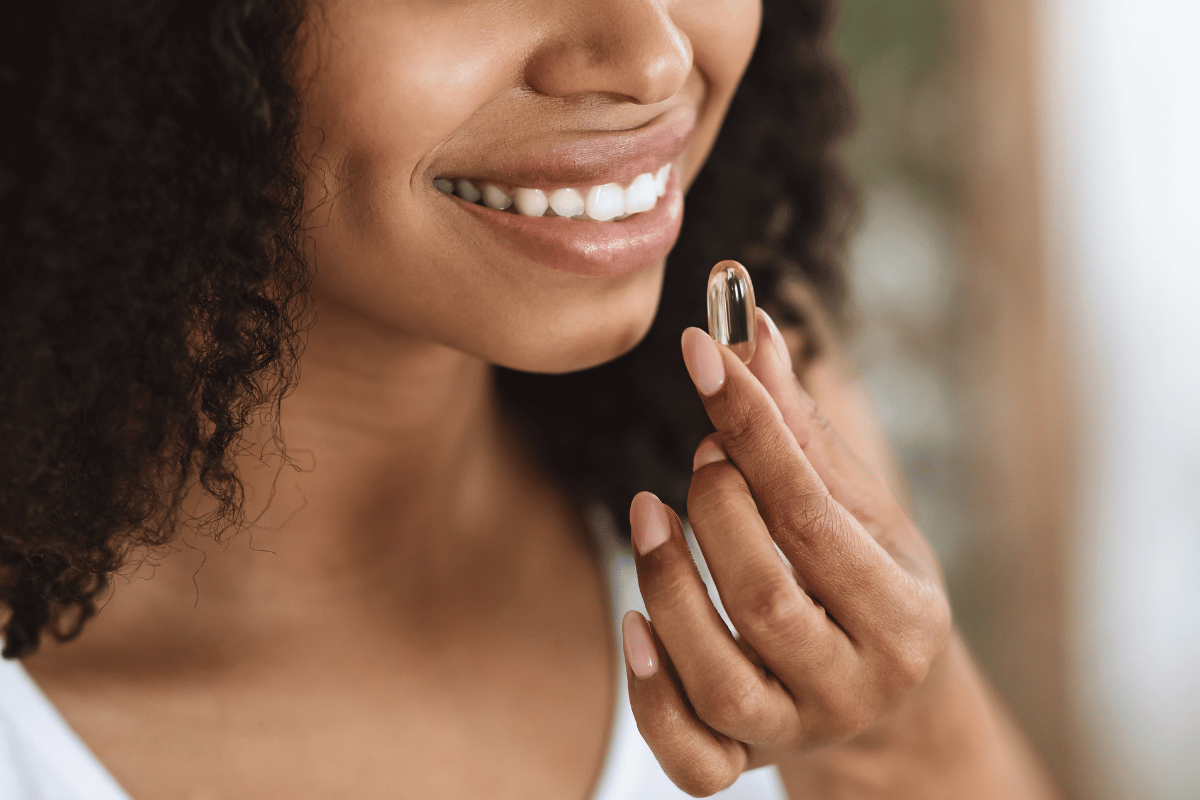Low porosity hair is like an unsolved mystery for many individuals that might make them frustrated about their hair and keep them always thinking about the ideal routine and the ways to get rid of low porosity hair. This type of hair deals with cuticles that are packed with each other so tightly that it is very difficult to let them have proper moisture and nutrients to penetrate the shaft of the hair. What happens then? – Obviously the dry, dull and resistant hair has very little impact on many products and without any aesthetic look too.
But, here in this article, we are going to discuss how to get rid of low porosity hair, the ideal treatment, and routine for low-porosity hair, with an understanding of the root cause of why it happens and how to avoid it.
So, let’s get started with it.
Table of Contents
What is Low Porosity Hair?
Low-porosity hair ideally has tight cuticles that hinder moisture and nutrients from reaching the shaft of the hair. It is almost like trying to get water to a plant that is in a sealed bottle and wondering why it is getting dry and not growing. Such hair often looks dry and dull, and it is also difficult to have a good impact on any hair products you prefer or require.
How do you get Low-porosity Hair?
Low porosity hair could be a genetic hair problem that is passed on from parents or grandparents to their children. But, it is not the only reason you get low porosity hair. There are multiple other reasons for such low porosity hair over time. The top of it is the high use of chemicals on the hair. Going through many chemical treatments like hair relaxers, hair colors, and so on can disturb your hair’s ideal structure and result in tightly fit and flat cuticles, turning into low-porosity hair.
Also, don’t forget the frequent heat styling of hair. Extra heat damages the hair cuticles and gives you low-porosity hair in return. Heavy oils or hair products with silicon can also hamper the moisture and nutrition of your hair, which also causes low-porosity hair.
One more reason could be the environmental effect on hair. Situations like frequent and long exposure to hard water and dealing with chlorine water for a longer time are ideal for people going swimming in the pool.
Why should you get treated with Low porosity Hair?
Treating low-porosity hair is essential for maintaining its health and appearance. When your hair struggles to absorb moisture, it can become dry, brittle, and prone to breakage. Proper treatment helps ensure that your hair gets the hydration and nutrients it needs, leading to stronger, shinier, and more manageable locks.
Neglecting low-porosity hair can result in persistent dryness, dullness, and difficulty styling. By addressing these issues with the right care routine, you can improve your hair’s elasticity and reduce the risk of damage. Treating low-porosity hair enhances its look and also promotes long-term hair health, making it easier to achieve and maintain your desired style.
Ideal Treatment for Low Porosity Hair
Caring for low-porosity hair involves a few extra steps to ensure that moisture and nutrients can penetrate the tightly packed cuticles. This section takes you through an ideal care routine for low-porosity hair, followed by tips to avoid getting low-porosity hair.
1. Pre-Shampoo Treatments
Start with a warm oil treatment to help open the cuticles. Oils like argan, jojoba, or coconut are excellent choices. Warm the oil slightly (but not too hot!) and apply it to your hair, focusing on the ends. Wrap your hair in a warm towel or use a shower cap to create a heat-trapping environment. Leave it on for about 30 minutes to allow the oil to penetrate.
2. Shampooing
Choose a sulfate-free shampoo that cleanses without stripping your hair of its natural oils. Look for shampoos with humectants like honey or glycerin, which attract moisture.
Avoid heavy shampoos with too many silicones, as they can cause build-up. Gently massage the shampoo into your scalp and hair, then rinse with lukewarm water to keep the cuticles slightly open.
3. Deep Conditioning
This step is crucial for low-porosity hair. Use a deep conditioner rich in moisturizing ingredients like shea butter, avocado oil, and aloe vera. To help the conditioner penetrate, wear a heat cap, sit under a hooded dryer, or wrap your hair in a warm towel. Leave the conditioner on for at least 20 minutes, allowing the heat to open up the cuticles and let the moisture in.
4. Rinsing
Rinse your hair thoroughly with lukewarm water to remove all traces of the conditioner. Avoid cold water rinses, as they can close the cuticles too quickly and prevent moisture from being fully absorbed.
5. Moisturising and Sealing
After rinsing, apply a leave-in conditioner to damp hair to provide extra moisture.
Follow this with a lightweight oil, such as grapeseed or sweet almond oil, to seal in the moisture. This step locks in hydration and adds shine, making your hair more manageable.
6. Regular Protein Treatments
Low porosity hair needs a balance of moisture and protein to maintain its strength and elasticity. Use a protein treatment once a month or as needed. Look for treatments with hydrolyzed proteins, which are small enough to penetrate the hair shaft and reinforce its structure.
7. Styling with Water-based products
When styling, use water-based products that are lighter and easier for low porosity hair to absorb. Avoid heavy creams and butters that can sit on top of the hair and cause build-up. Opt for gels and mousses that provide hold without weighing your hair down.
Quick tips to avoid low porosity hair issues
- Avoid Heavy Products: Steer clear of heavy butters and oils that can weigh your hair down and cause build-up. Opt for lighter products that are easily absorbed.
- Clarify Regularly: Use a clarifying shampoo once a month to remove product build-up. This helps your hair absorb moisture and nutrients more effectively.
- Stay Hydrated: Drink plenty of water. Hydrated hair starts from within, so make sure you’re drinking enough water daily.
- Limit Heat Styling: Excessive heat styling can damage your hair’s cuticle layer, making it even harder for moisture to penetrate. If you must use heat, always apply a heat protectant first.
- Cover Your Hair: When swimming, cover your hair with a swim cap to protect it from chlorine or salt water, which can cause dryness and damage.
Wrapping it up
Caring for low-porosity hair might seem like a challenge, but with the right routine, it’s entirely manageable. The key is to focus on hydration and gentle care, using techniques and products that help your hair absorb and retain moisture.
Still, have a question that is unique to your problem? – Don’t hesitate. Connect with our hair experts now or schedule your consultation for enhanced hair growth and look.



